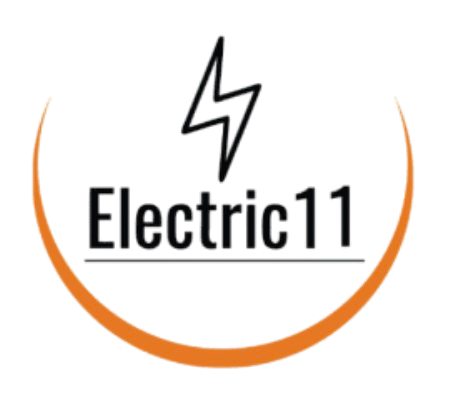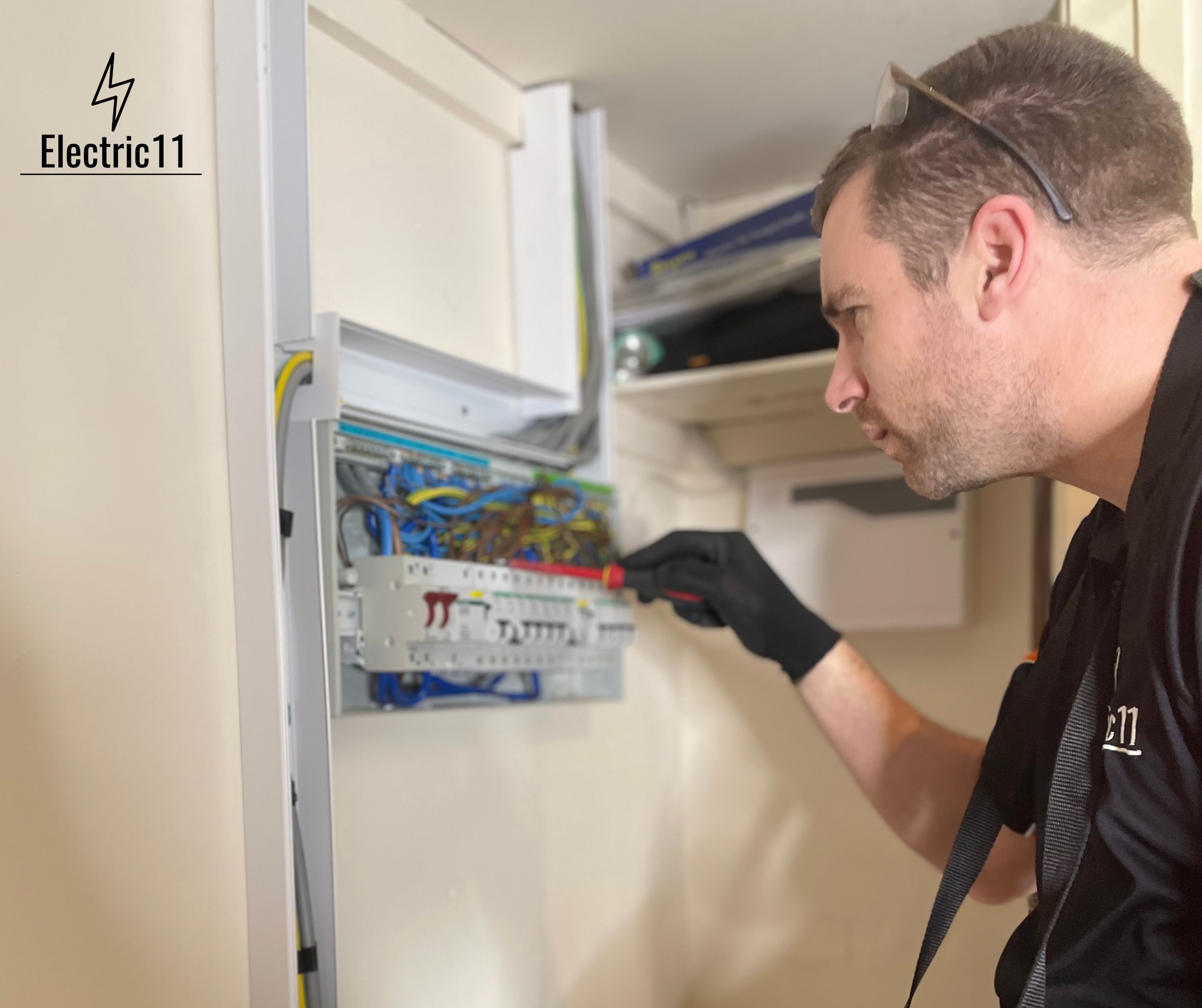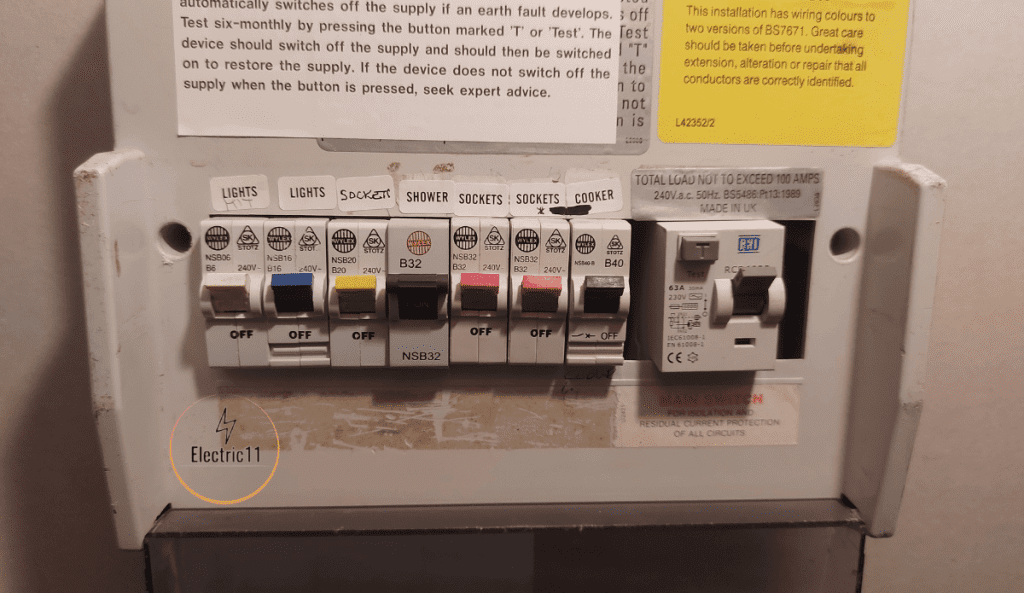
Welcome to our essential guide on demystifying Electrical Installation Condition Reports (EICRs). Electric11 are NAPIT-registered electrical inspectors and testers with over 20 years of experience. We regularly conduct electrical installation condition report inspections throughout Norfolk every week.
For landlords, homeowners or business owners, understanding the importance of an EICR ensures the safety and adherence to regulations of your electrical systems are essential. In this comprehensive guide, Electric11 will explain everything you want to know about Electrical Installation Condition Reports, from what they are and why they are necessary to how they are conducted and what they entail. We aim to provide you with the knowledge and information you need to make informed decisions about your property’s electrical safety.
We’ll discuss the key components of an EICR, including visual inspections, electrical testing, and identifying faults or potential hazards. We’ll also delve into the various codes and regulations that govern EICRs and the consequences of non-compliance.
If you already know this information and just want to book your EICR inspection, see below:
EICR Certificates Norfolk
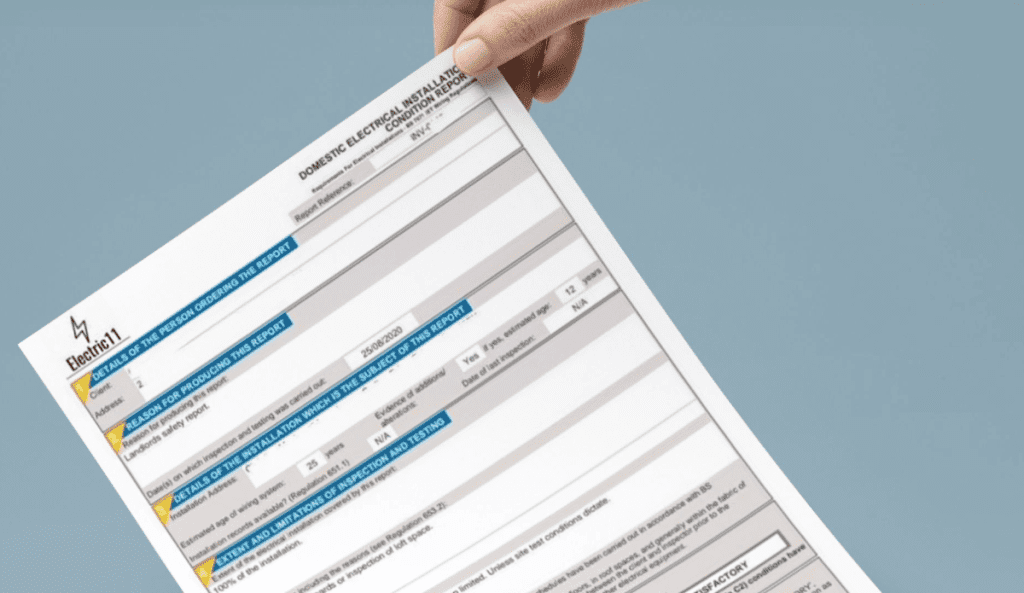
At Electric11, we provide EICR certificates throughout Norfolk from £180.00 plus VAT.
Electrical Installation Condition Report (EICR) Meaning
The Electrical Installation Condition Report (EICR) is a formal document thoroughly assessing a property’s electrical systems. It evaluates the safety and functionality of the electrical installations, ensuring they meet current safety standards. The report is typically generated after a qualified electrician conducts tests and inspections to identify potential issues or hazards. The Electrical Installation Condition Report (EICR) provides a detailed assessment of the electrical status at a particular time, providing important information for property owners, landlords, and tenants.
The Purpose of an EICR
The primary purpose of an EICR is to highlight any defects or non-compliance of your electrical systems according to the established regulations and standards, which can include the IET Wiring Regulations (BS 7671). This document records assessments of the safety of electrical installations and provides recommendations for necessary repairs or improvements to prevent electrical accidents, such as fires, shocks, and other dangerous situations.
The Importance of EICR Inspections
Regular Electrical Installation Condition Reports (EICRs) are essential for ensuring safety in any property. Electrical systems in buildings can deteriorate over time due to environmental factors, wear and tear or improper installation practices. Hidden faults may develop without regular inspections, potentially leading to hazardous situations. EICR inspections allow property owners to identify these issues, promoting the safety of occupants and reducing the risk of electrical fires or shocks. Moreover, EICRs provide peace of mind to landlords and business owners. For landlords, having a valid EICR is essential for demonstrating compliance with regulations, which can prevent legal disputes with tenants. In the case of businesses, EICRs can protect against liability claims that may arise from electrical accidents.
Legal Requirements for Electrical Installation Condition Reports
The legal requirements for EICRs may vary depending on the jurisdiction and type of property. In the UK, the Electrical Safety Legislation for the Private Rented Sector (England) Regulations 2020 mandates landlords to inspect and test their electrical systems at least every five years. This law protects tenants by ensuring rental properties meet minimum safety standards, reducing the risk of electrical hazards in residential settings.
Certain commercial establishments, including rental properties, are subject to specific regulations regarding electrical safety. Employers are required by law to ensure the safety of their employees and visitors, including maintaining safe electrical systems. Regular EICRs help businesses comply with health and safety legislation, such as the Health and Safety at Work Act 1974, emphasising the need for a safe working environment.
Penalties for not doing EICRs
Not conducting EICRs as required can lead to serious legal consequences, including fines or even imprisonment in extreme cases where someone is harmed. More importantly, neglecting electrical safety can lead to tragic accidents, so property owners and landlords must prioritise EICRs as part of their maintenance strategy.
The process of conducting an EICR with Electric11

The EICR starts with a visual inspection by one of our NAPIT-registered qualified electricians. This initial phase involves examining the electrical installations for visible damage, wear, or poor workmanship. The electrician will inspect the condition of wiring, outlets, switches, and other components to assess whether they are safe and functioning correctly. This visual aspect is critical, as testing alone can reveal issues that might not be detectable.
After the visual inspection, the electrician performs electrical tests to evaluate the installations’ performance. These tests include checking circuit integrity, measuring insulation resistance, and assessing the functionality of circuit breakers and residual current devices (RCDs). The test results help provide a comprehensive overview of the electrical systems’ condition, allowing the electrician to identify any faults or non-compliance with safety regulations.
Once the inspection and testing are complete, the electrician compiles the findings into a detailed report (the EICR). The report outlines the condition of the electrical installations, highlights any issues discovered, and includes recommendations for necessary repairs or upgrades. The completed EICR is then provided to the property owner or landlord.
Common issues identified in EICRs
During an EICR, several common issues may be identified that can pose risks to safety. Here are some problems we see during our EICR checks throughout Norfolk.
Outdated Wiring
One of the most prevalent problems is outdated wiring, leading to overheating and electrical fires. Wiring that does not comply with current regulations or has degraded over time is a significant concern.
EICR inspections can reveal inadequate insulation, frayed wires, or exposed conductors that are dangerous and must be dealt with.
Overloaded Circuits
Another common issue is the presence of overloaded circuits. Overloading occurs when too much load is placed on a circuit, which can cause excessive heat and increase the risk of failure. Safety inspections help identify circuits operating beyond their capacity, allowing for necessary adjustments, such as redistributing the load or upgrading the circuit to handle higher demand.
Faulty Safety Devices
Faulty or malfunctioning safety devices, such as RCDs and circuit breakers, can also be highlighted during an EICR. These safety devices are designed to protect against electrical shocks and prevent electrical fires, but if they are not functioning correctly, they may fail to provide the necessary protection. Identifying and replacing faulty safety devices is crucial for maintaining electrical safety and ensuring that properties meet compliance standards.
Understanding the Different Regulations for EICRs
Several legislation and standards govern electrical installation conditioning reports. The most significant reference in the UK is the IET Wiring Regulations, commonly known as BS 7671. This set of regulations outlines the standards for electrical installations, ensuring they are safe, efficient, and suitable for their intended use. Electricians conducting EICR inspections must know the relevant regulations to ensure installation compliance and safety.
Another relevant piece of legislation is the Electrical Safety Standards in the Private Rented Sector (England) Regulations 2020. These laws outline the essential safety requirements for electrical systems in rental units, highlighting the importance of regular Electrical Installation Condition Reports (EICRs). These regulations are crucial for electricians and property managers, serving as the cornerstone of electrical safety and adherence to standards in different structures.
How often should EICRs be conducted?
The frequency with which EICRs should be conducted depends on several factors, including the type of property, its usage, and the age of the electrical installations. Generally, residential properties are recommended to undergo EICRs at least every five years, particularly for rental properties where landlords are legally required to conduct inspections at this interval. Regular inspections help to ensure that any developing issues are identified and addressed promptly.
In commercial settings, the frequency of EICRs can vary based on the nature of the business and the electrical systems in use. High-risk environments, such as those involving heavy machinery or significant electrical loads, may require more frequent inspections to ensure ongoing safety. Similarly, properties that have undergone substantial renovations or changes in usage may also necessitate an updated EICR to reflect the current state of the electrical systems.
We advise you to conduct an EICR whenever you have significant alterations to the electrical installations, such as upgrades, extensions, or changes in occupancy, occur. Keeping a consistent schedule for EICRs maintains compliance with regulations and reinforces safety, providing peace of mind for property owners and occupants.
Hiring a qualified electrician for EICRs
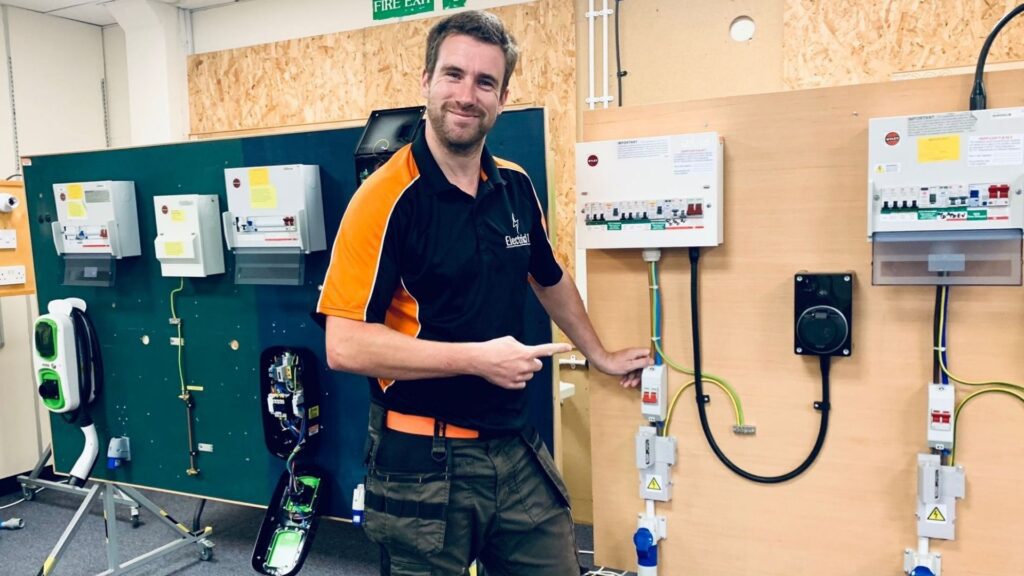
When conducting an EICR, hiring a qualified and experienced electrician is paramount. Certified electricians like Electric11 possess the necessary training, knowledge, and experience to assess electrical installations, identify potential hazards, and recommend repairs or upgrades. This expertise is essential for ensuring the inspection is thorough and compliant with relevant regulations.
Property owners should look for qualified electricians to find professionals registered with recognised organisations, such as the National Association of Professional Inspectors and Testers (NAPIT) or the NICEIC. These organisations ensure that their members adhere to safety regulations and competence standards, giving property owners confidence in the quality of the service provided.
Summary: Ensuring electrical safety through Electrical Installation Condition reports
Regular EICRs are a crucial investment for property owners. By scheduling these inspections at recommended intervals and employing certified electricians, you’re not just ticking a box – you’re actively protecting your property and its occupants from potential electrical hazards. Think of EICRs as a health check-up for your building’s electrical system. They can catch issues early, potentially saving you from costly repairs or dangerous situations down the line. Electrical safety isn’t just about following regulations – it’s about safeguarding lives and valuable assets. By prioritising EICRs, you’re demonstrating a commitment to safety that benefits everyone who uses your property. Don’t wait for a problem to occur – let regular inspections give you peace of mind and keep your electrical systems running smoothly.
Electrical Installation Condition Report conducted throughout Norfolk
At Electric11, we provide EICR certificates throughout Norfolk from £180.00 plus VAT.
